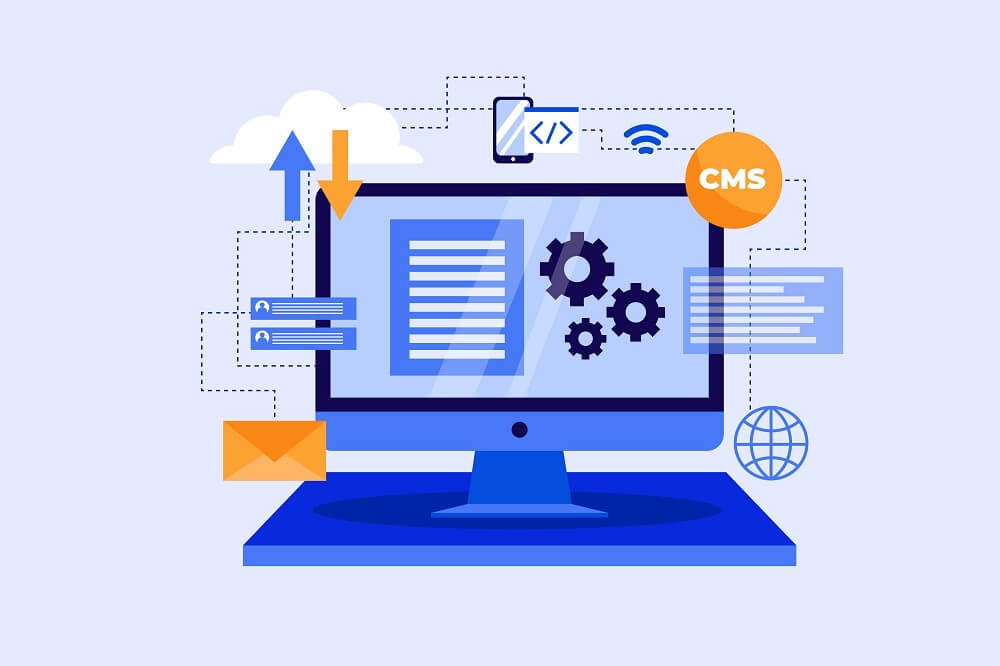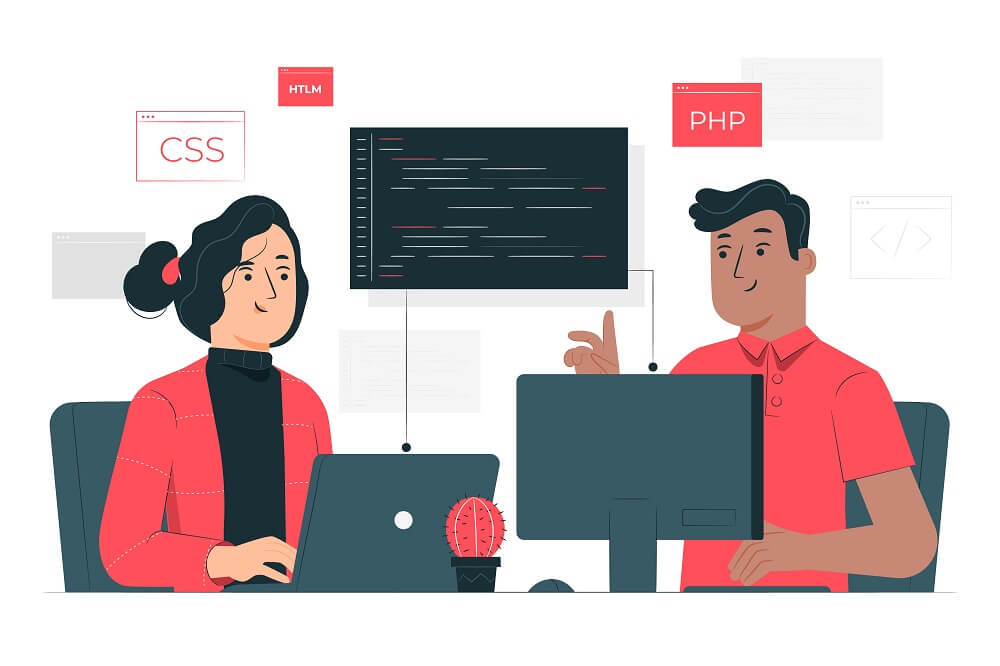You may have faced a situation where you need to send server files to a remote server. If you are working on a website that requires remote server access and files regularly, it is impossible to keep on transferring the file every time they are updated.
This means that you cannot keep these files in your local system and need to transfer them to the remote server only when they’re updated. To do this, you will need SSH access to the server so that you can send files securely via SFTP or any other secure file transfer protocol.
Once you learn how to set up SSH access, there are some things that you need to know about how SSH works and how it’s used with different servers.
Never miss an update from us. Join 10,000+ marketers and leaders.
This example describes ‘How to SSH to remote server in PHP and send files from one server to another server using libssh2.’
ssh2_connect() – Connect to a remote server
ssh2_scp_send() – Send a file via SSH
ssh2_exec() – Execute a command on a remote server
Install libssh2 and then install PECL SSH2 extension for PHP.
Example:
$ip = "192.168.2.101";
$username = "test";
$port = 22;
$public_ssh_key = "/var/www/html/ssh_keys/id_dsa.pub";
$private_ssh_key = "/var/www/html/ssh_keys/id_dsa";
if(function_exists("ssh2_connect")) {
$ssh_conn = ssh2_connect($ip, $port);
if($ssh_conn) {
//Validate your username with ssh keys
if(ssh2_auth_pubkey_file($ssh_conn, $username, $public_ssh_key, $private_ssh_key, 'secret')) {
// Check file list
$stream = ssh2_exec($ssh_conn, 'ls -l /home/test/');
if($stream) {
stream_set_blocking($stream, true);
while ($buf = fread($stream,4096)) {
flush(); // comment this line
$data.=$buf;
print_r($buf); // comment this line
}
fclose($stream);
}
// send file from one server to another
ssh2_scp_send($ssh_conn, '/path/from/file.ext', '/home/test/file.ext', 0777);
}
else {
die("SSH validation failed using Username: ".$username." (specify valid SSH keys or check your SSH key path)");
}
}
else {
die("SSH validation failed for IP: ".$ip);
}
}
else {
die("'ssh2_connect()' doesn't exists. Install libssh2 with PECL SSH2 extension");
}
Other commands:
ssh2_sftp() – Initialize SFTP subsystem
ssh2_sftp_mkdir()– Create directory on remote server
$sftp = ssh2_sftp($ssh_conn); ssh2_sftp_mkdir($sftp, '/var/www/html/test');
ssh2_auth_password() – Authenticate over SSH using a plain password
ssh2_auth_pubkey_file() – Authenticate using a public key
ssh2_shell() – Request an interactive shell
ssh2_tunnel() – Open a tunnel through a remote server



